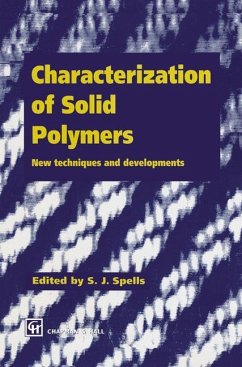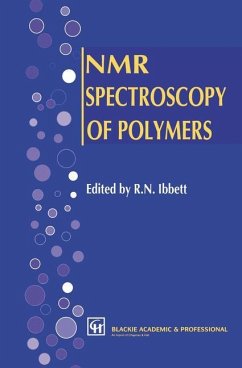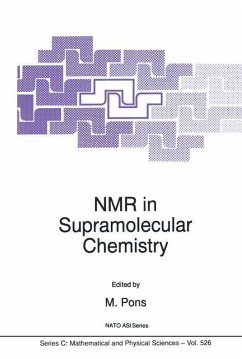
Introduction to Surfactant Analysis

PAYBACK Punkte
76 °P sammeln!
The analysis of surfactants presents many problems to the analyst. This book has been written by an experienced team of surfactant analysts, to give practical help in this difficult field. Readers will find the accessible text and clear description of methods, along with extensive references, an invaluable aid in their work.














